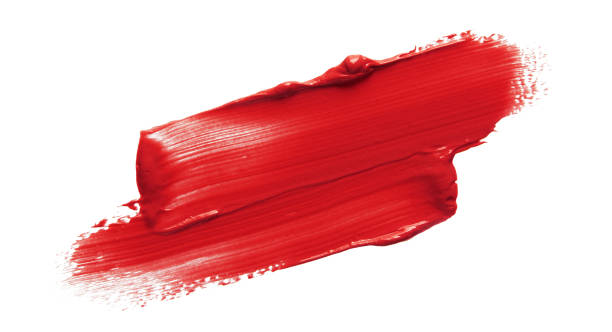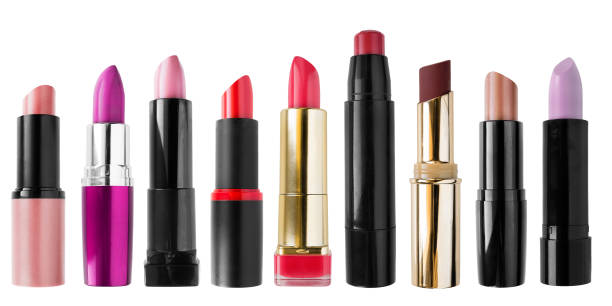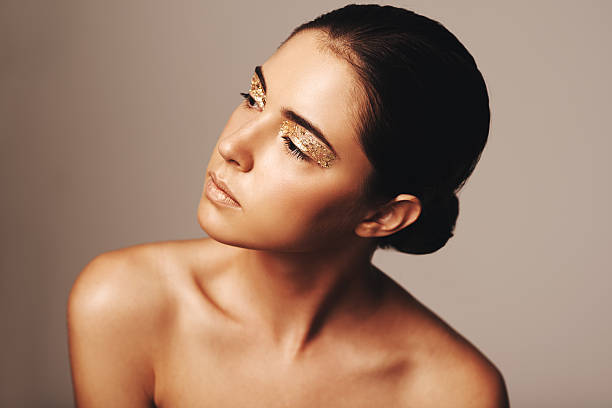
Ultimate Guide: Choosing the Perfect Lipstick Shade for Every Skin Tone and Occasion
Choosing the right lipstick shade can elevate your look, enhance your natural features, and boost your confidence. The right shade complements your skin tone, aligns with the occasion, and reflects your personal style. In this article, we will explore the various factors you should consider when selecting the perfect lipstick shade.
Identify Your Skin Tone

The first step in choosing a lipstick shade is to understand your skin tone. Skin tones can be broadly categorized as fair, medium, olive, and dark. Each of these categories has a range of undertones, such as warm, cool, and neutral. To identify your undertone, examine the veins on your wrist; blue or purple veins indicate cool undertones, while green veins suggest warm undertones. Knowing your undertone helps in selecting colors that will naturally complement your complexion.
Consider the Occasion
Your choice of lipstick shade should align with the occasion you’re dressing for. Everyday wear may call for softer, more natural shades like nudes and pinks. On the other hand, formal events might allow for bolder choices such as reds and deep berries. By tailoring your lipstick shade to the event, you ensure that your look is appropriate and polished.
Match with Your Outfit
Coordinating your lipstick with your outfit can make a significant difference in your overall appearance. While you don’t need to match your lipstick color exactly to your clothes, it should complement the overall color palette. If you’re wearing a bright outfit, a neutral lip can balance the look, while a bolder lip can add a pop of color to a simple, understated outfit.
Test Before You Buy
It’s crucial to test lipstick shades before making a purchase. Most beauty stores offer samples and testers, allowing you to see how the color looks on your lips. Alternatively, use virtual try-on tools available on many beauty websites. Testing ensures that the shade matches your skin tone, feels comfortable, and meets your expectations.
Build Your Lipstick Collection
Having a variety of lipstick shades in your collection ensures that you’re always prepared for any occasion. Here are a few must-have shades to include in your arsenal:
-
Classic Red:
A timeless choice suitable for day and night. -
Nude:
Ideal for everyday wear and pairing with bold eye makeup. -
Pink:
Perfect for a youthful, fresh look. -
Berry:
Great for fall and winter seasons. -
Coral:
Best for spring and summer, adding a vibrant touch.
Conclusion
Choosing the right lipstick shade is a blend of understanding your skin tone, considering the occasion, matching with your outfit, and testing before buying. With these tips, you can confidently select lip colors that enhance your natural beauty and align with your personal style. Start building a versatile lipstick collection to ensure you’re ready for any event or mood.
FAQ
1. Can I wear bold lipstick shades if I have a fair skin tone?
Yes, fair skin tones can look stunning with bold shades such as reds and berries. Just make sure to balance your makeup to avoid overwhelming your features.
2. How can I make my lipstick last longer?
To make your lipstick last longer, exfoliate your lips, apply a lip primer, and use a lip liner before applying lipstick. Setting with a translucent powder can also help.
3. Are there any tips for wearing dark lipstick shades?
When wearing dark lipstick shades, define your lips with a matching lip liner to avoid feathering. Keep the rest of your makeup subtle to let your lips stand out.
4. Can I mix different lipstick shades to create a custom color?
Absolutely! Mixing different lipstick shades can create a unique, custom color that perfectly suits your style and mood.
5. Should my lipstick match my nail polish?
While it’s not necessary to match your lipstick to your nail polish, coordinating the colors can create a cohesive and polished look. Choose complementary shades for a harmonious appearance.

